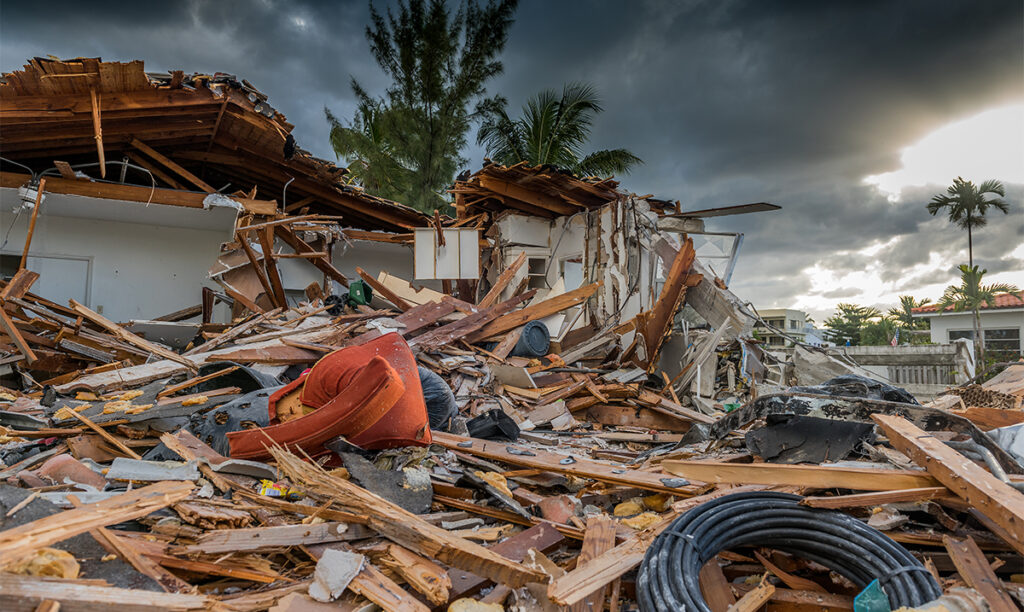3 Things Contractors Need to Know in the Wake of Hurricane IanDecember 15, 2022

Generational vacations and retirement migration from New Jersey down to Florida have built a bridge for Garden State residents and Sunshine State property. Construction companies up here build homes down there. Numerous homes owned or built by New Jerseyans were recently destroyed by one of the worst hurricanes to ever strike the U.S. in Hurricane Ian. Our hearts go out to everyone affected and we’d like to extend our professional assistance to those contractors who are dealing with disruption to their projects and/or damage to their properties. Even if Hurricane Ian did not hit close to home for you, any disaster highlights important resources and reminders, such as:
1. FEMA Relief
The Insurance Information Institute (III) said Ian caused more than $60 billion in private insured losses in Florida. That’s second on record only to the infamous Hurricane Katrina. The Federal Emergency Management Agency (FEMA) estimates that National Flood Insurance Program (NFIP) claims could total up to $5.3 billion in losses, with the NFIP having already received more than 44,000 flood claims and paid nearly $437 million to policyholders.
If you have flood insurance through the NFIP, it can cover up to $150k for structural damage and $100k for contents, amounting to $250k of government assistance. The most important thing when filing a claim is documentation. Before starting the cleanup process and prior to meeting with a public adjuster, take clear and numerous pictures of the damage, including pictures of furniture, appliances, and serial numbers where possible.
2. Tax Relief
Shortly after Hurricane Ian, the Internal Revenue Service (IRS) announced that individuals and businesses in Florida with a valid extension to file their 2021 returns will now have until February 15, 2023 to file. The previous deadline was October 15. The new deadline also applies for estimated payments or any other taxes due.
There will not be another extension option after February 15, 2023. With this in mind, don’t let the new deadline sneak up on you. We’re already into the holidays, then it’ll be the rush back to business in January, and already February before we know it. As soon as priorities and recovery allow, have the conversation with your tax advisor to get everything in order well ahead of the extended February 15 deadline.
3. Business Protection & Assistance
There are always lessons hard learned from a disaster. Damage of this magnitude shines light on the importance of protecting business assets, both physical and digital. Beyond boarding up the windows and doors ahead of a storm, business owners should also pack up computers, back up files, and move equipment to a safe location. When it comes to digital files, you need to know that backup copies will be accessible and secure—whether on the cloud, in others’ hands, or both—regardless of any event including a full-on catastrophe. Of course, this bit can only be applied now in preparation for future events.
For reimbursement assistance, look to the Small Business Administration (SBA), which provides Economic Injury Disaster Loans (EIDL) with favorable rates and terms.
For accounting guidance to help navigate the financial challenges of business disaster recovery, don’t hesitate to contact The Curchin Group. We’re here to help.
Get In Touch
Please contact our team with any additional questions or feedback regarding this topic!

